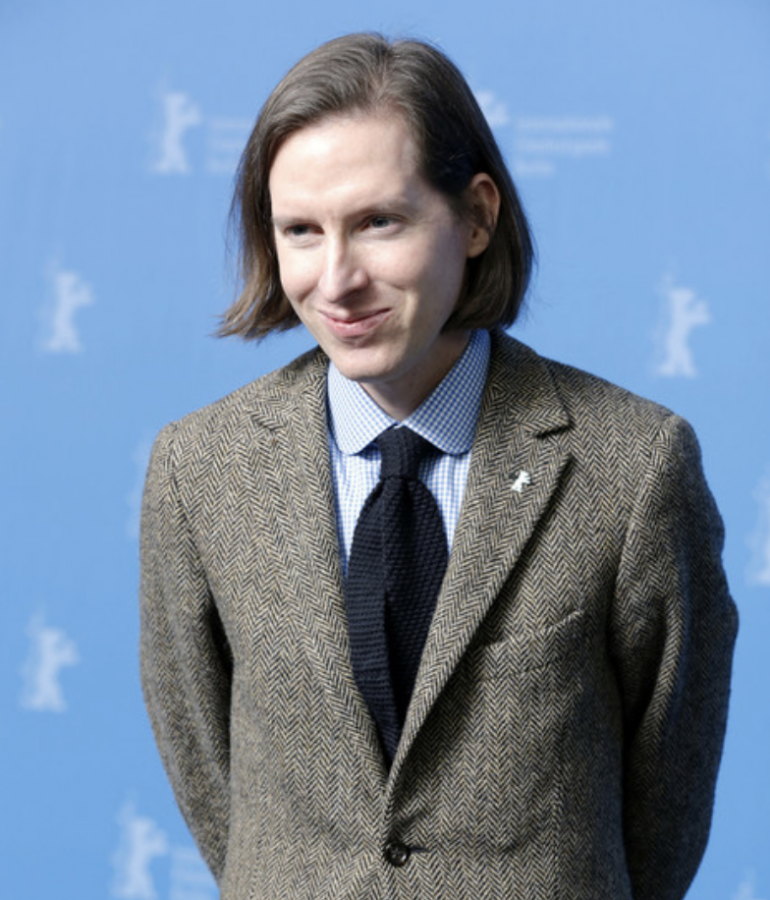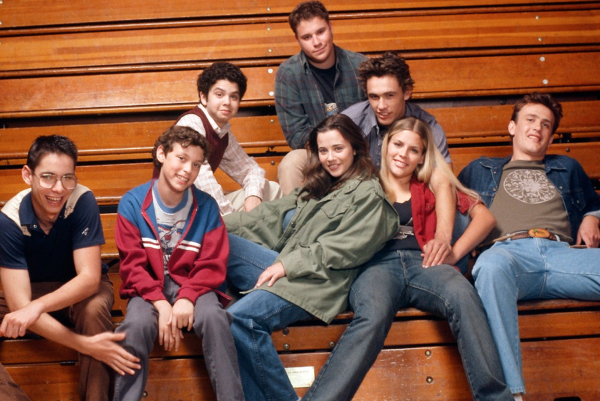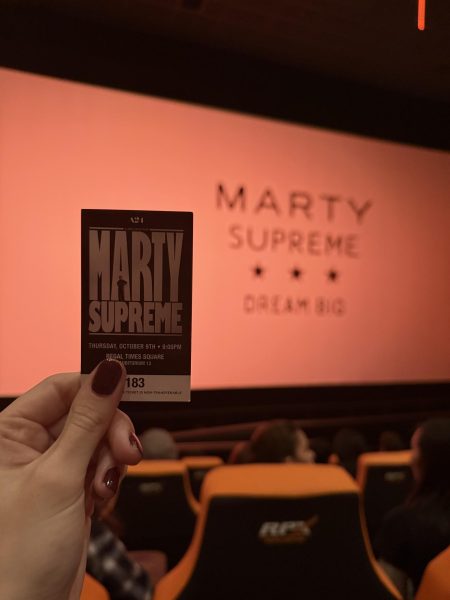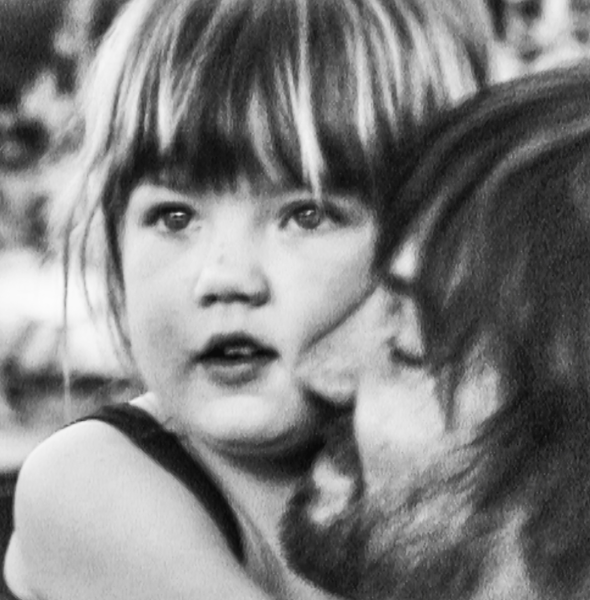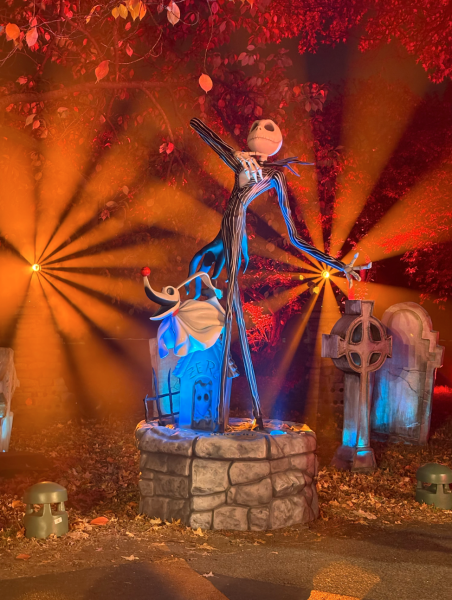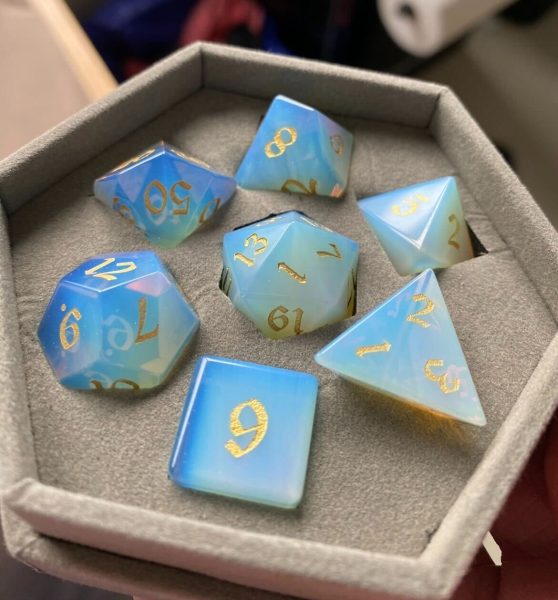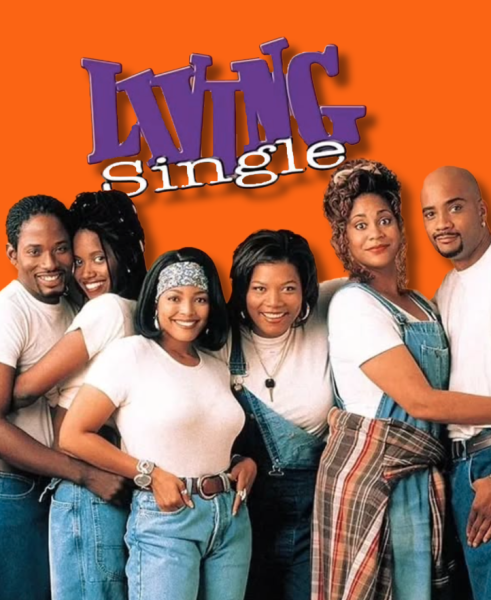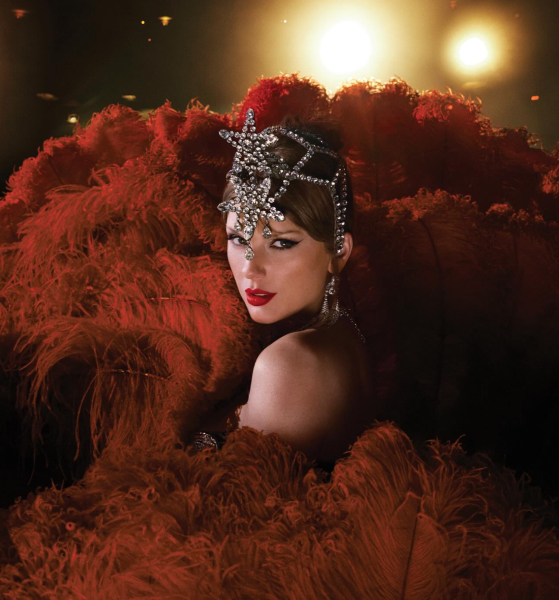An Ode to Wes Anderson
By Erica Scalise
The year is ambiguous. The musical genre is oldies. The preferred color is yellow. Bill Murray is the depressed dad and smoking cigarettes is a personality trait.
For fans of Wes Anderson, the art of miniature sets and attention to detail gives birth to a world of parallels and a microcosm of the dysfunctional mankind we are all familiar with, in slightly more pastel undertones.
Since Anderson’s first project, Bottle Rocket, co-written by and starring Owen Wilson alongside his brother Luke Wilson, viewers became conscious of his commitment to creating imperfect characters. Absent fathers, runaway orphans and recovering addicts are among a multitude of figures Anderson implores viewers to believe in, even at their lowest moments.
Exaggerated zooms and pans attract a combination of self-proclaimed movie connoisseurs, indie film buffs and softboys alike. Plainly, effective symmetry and novelty film tactics are not the only reason viewers subscribe to the unorthodox world of Wes, though; their allure simply cannot be purely reduced to aesthetic choices.
Themes of sin, redemption, friendship, young love, sexual innocence and abandonment continuously resurface in Anderson’s films, regardless of their distinct settings.
Environments range from The Grand Budapest Hotel’s Lutz, a town in the fictional Eastern European country, Zubrowka, to Moonrise Kingdom’s New Penzance, an imaginary island partly filmed on a quaint Rhode Island bay. It is in these settings that Anderson achieves what can only be characterized as cinematographic nirvana. Anderson’s characters truly come alive in the bowels of Steve Zissou’s ship, the Belafonte, and the catacombs of the Tenenbaum house on Archer Avenue.
Often played by the same actors, viewers can look forward to roles portrayed by the aforementioned Wilson brothers and Bill Murray, as well as actors Jason Schwartzman, Kumar Pallana, Anjelica Huston and Jeff Goldblum.
With such little deviation in the detail, coupled with Oscar winning original scores, Anderson is able to cultivate a world that is familiar to viewers, yet entirely new and enchanting with each film’s release.
Notoriously problematic and often victims of their own failed schemes, Anderson’s characters are adults who, in every sense other than their age, are wildly ignorant yet brimming with childlike innocence at heart.
In the film Rushmore, Max Fischer, played by Jason Schwartzman, fails in school trying to gain the affection of a teacher who is in love with industrialist and dejected husband Herman Blume, played by Bill Murray. Royal Tenenbaum fakes a terminally ill disease to “get closer to his family” when, in fact, he was never ill, nor did he intend to know his children any better. He was actually just broke.
Anderson takes viewers to a world where the pressures of being oneself are far from removed but almost beautified in all of their colossal disaster.
Despite the high caliber of improbable situations and fantastical elements throughout these films, viewers can find solace in movies that touch on something perhaps all individuals are longing to feel—nostalgia without pretense, childlike curiosity, human connection and genuine hope, despite a burgeoning pain, in the pursuit of a better tomorrow.
At the end of The Grand Budapest Hotel, the narrator, Mr. Moustafa, finishes recounting the tale of his adventures working at the hotel.
When speaking about the protagonist, Gustav, Mr. Moustafa says, “There are still faint glimmers of civilization left in this barbaric slaughterhouse that was once known as humanity. He was one of them.”



































































































































































































